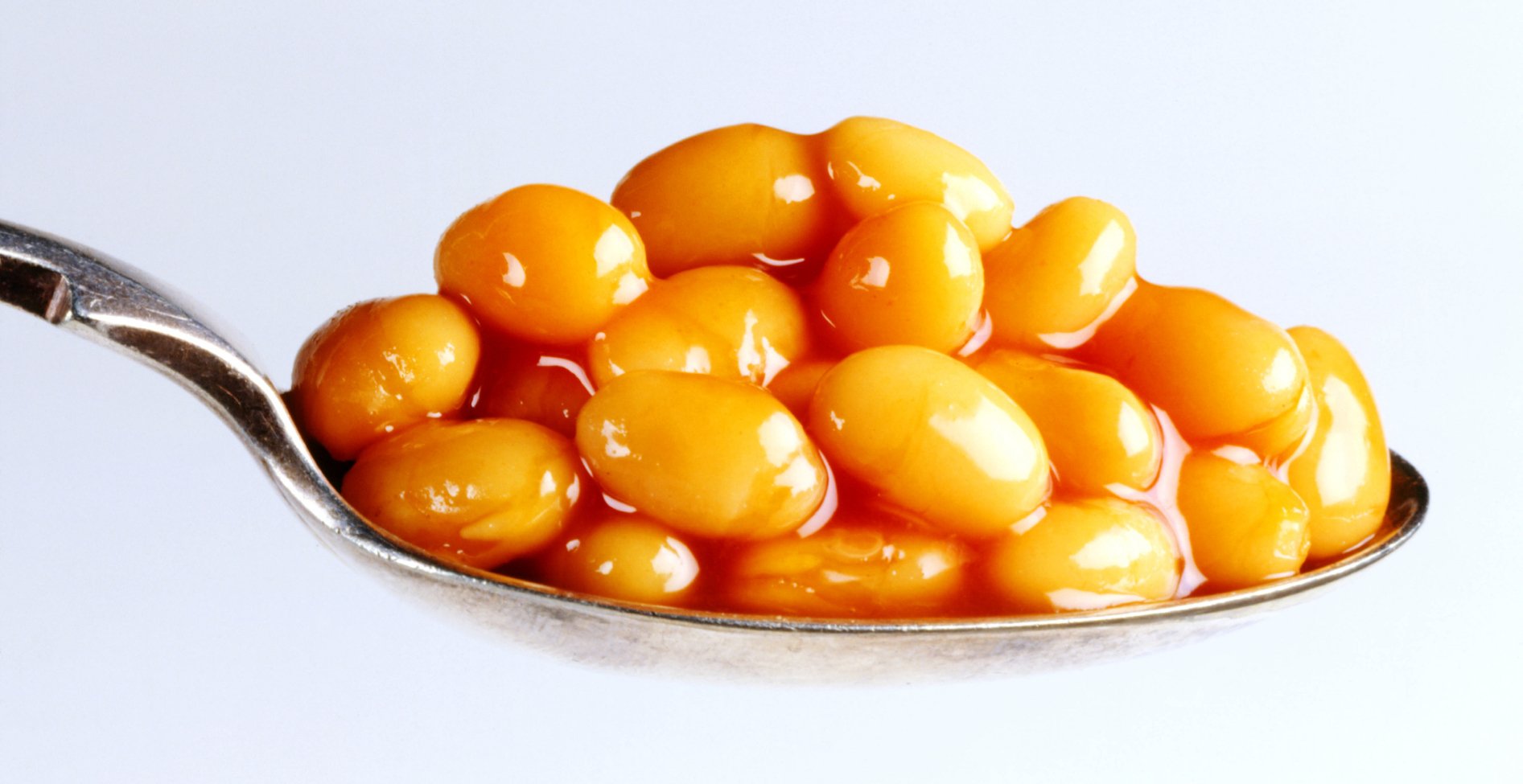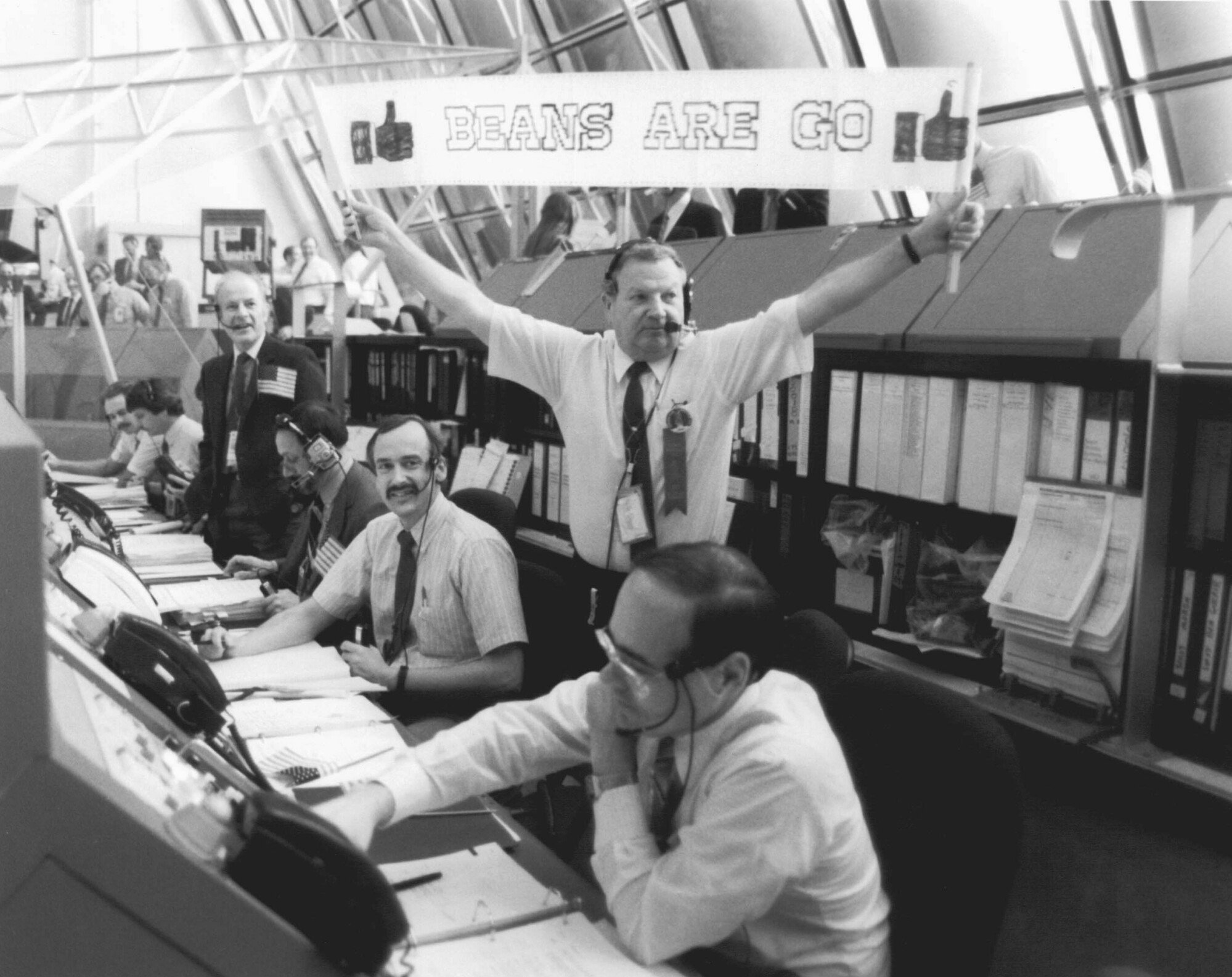
One of the great shames of NASA‘s two previous scrapped moon launches is how many beans have possibly gone to waste.
For years, the downhome comfort food has been quite the incentive for the launch team, or at least a surefire way to clear a Kennedy Space Center firing room. Evidently, it was one of the first things a former Space Shuttle program manager thought after learning the Artemis mission had scrubbed on Sept. 3.
“Well,” Wayne Hale tweeted, “no beans today.”
Artemis I, named after Apollo’s twin sister in Greek mythology, is expected to be the first deep spaceflight of a capsule for astronauts in 50 years. When it leaves Earth, Orion, the new spacecraft atop the mega moon rocket, will travel 1.3 million miles in space, including a 40,000-mile swing beyond the moon. It’s currently scheduled to lift off during a two-hour launch window starting at 1:04 a.m. ET on Nov. 16 (though this date can easily change).
Excluding storm derailments, NASA has tried to get the Space Launch System rocket off the ground twice already — once on Aug. 29 and again on Sept. 3 — but each attempt was stymied by hardware problems. During the first try, it was a sensor giving an indication that one of the four main engines wasn’t cold enough. On the latest try, it was a liquid hydrogen leak engineers couldn’t overcome. No people will be aboard Orion, but a successful uncrewed test flight would allow astronauts to ride it on the next mission, Artemis ll.
Scarfing down a hearty bowl of beans after a launch has been a tradition in Cape Canaveral, Florida, since STS-1, the first shuttle spaceflight in April 1981.
Why beans, one might ask?
Well, why not? With beans, everyone gets a chance to fire their engines.
With beans, everyone gets a chance to fire their engines.

Credit: NASA
The ritual began with NASA test director chief Norm Carlson, who brought one small crock of smoky, savory Northern beans for his staff in 1981. From then on, it was an important custom.
Eventually, the food services crew took on the bean-cooking responsibility. Hordes of workers would gather after each shuttle launch, spooning out hundreds of bowls from 54 gallons worth of bubbling cookers.
Carlson’s beans would take about eight hours to simmer, according to the recipe, which the space agency has made available to the public. So, one has to wonder if that means a lot of anticipatory Artemis beans have gone in the bin.
After all, Jeremy Parsons, the deputy manager of exploration ground systems, told reporters the day before the second launch attempt that beans and cornbread would indeed be part of the post-launch party. And at 6 a.m. on Sept. 3, eight hours before the launch window opened, everything was still looking good to go.
Want more science and tech news delivered straight to your inbox? Sign up for Mashable’s Top Stories newsletter today.
The higher echelon has also wondered if NASA has lost a lot of good beans, but Jim Free, associate administrator for exploration systems development, admitted he really didn’t know beans about it. (Sorry, we couldn’t resist the pun.) When he walked out of the launch control center both days, he didn’t see or smell any evidence, which piqued his curiosity about what happens to all that food, he told Mashable.
“There was nothing out there,” Free said. “But I did have the same thought [about what happens to the beans] when I walked out of there.”
If the firing room is anything like it was in the 1980s, Hale might have an idea of what happened to them. Sometimes on scrub days, the beans, which had already been cooking for hours, “went into the freezer to wait for another countdown,” he wrote in his blog, aptly named Wayne Hale’s Blog, on March 3, 2019.
Whether they go in the freezer or the flame trench, no one chows down if the launch scrubs, he said.
“Talk about inciting mass launch fever,” Hale wrote. “If some sociologist writes a paper about why the NASA launch team got in a hurry and launched when we shouldn’t have — and doesn’t mention the beans and cornbread — well, that paper just won’t be complete.”
With two false starts for Artemis and a couple of violent storms already under NASA’s belt, the beans could be getting a bit freezer-burned. Perhaps the agency will consider finding some new magic — or, maybe even a new magical fruit.
